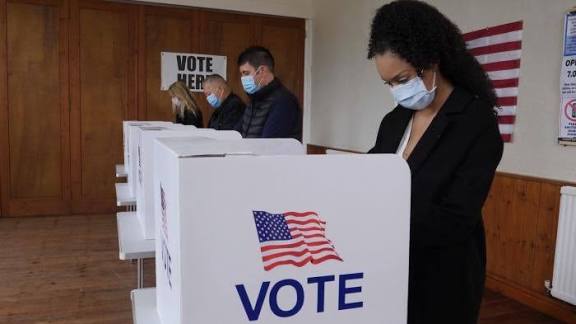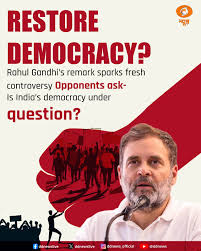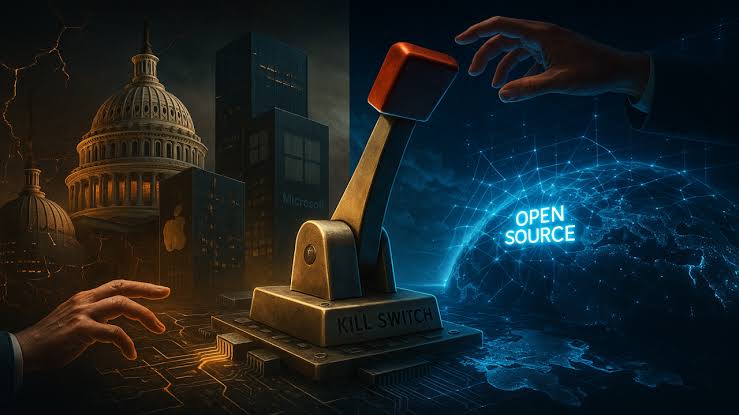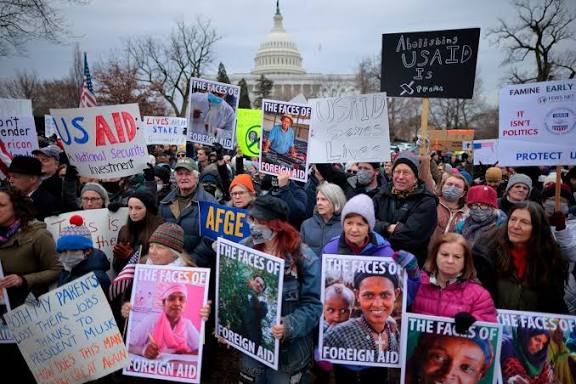Sonya massey case update: Closing arguments,murder trial after ex-officer,Illinois sheriff
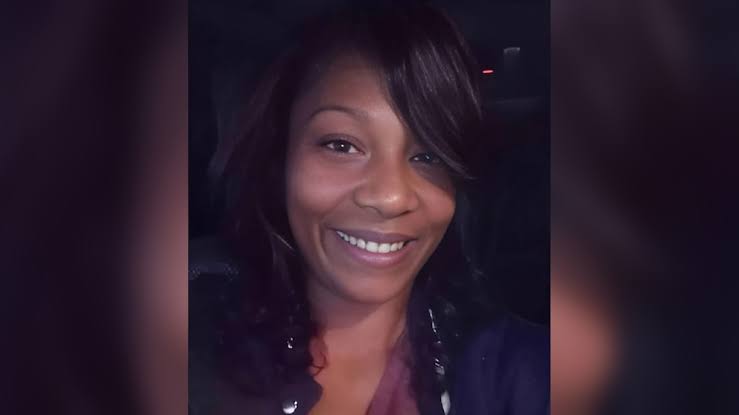
Closing arguments are set for Tuesday in the murder trial of former Sangamon Sheriff’s Deputy Sean Grayson. Today we will discuss about Sonya massey case update: Closing arguments,murder trial after ex-officer,Illinois sheriff
Sonya massey case update: Closing arguments,murder trial after ex-officer,Illinois sheriff
The tragic death of Sonya Massey, a 36-year-old Springfield, Illinois woman, continues to echo through courtrooms, communities, and national debates on policing and accountability. Once a routine 911 call for help, it has become a defining test of how America evaluates the use of force by law enforcement, especially when mental health and race intersect.
As the murder trial of former Sangamon County Deputy Sean Grayson moves into closing arguments, the courtroom drama is not just about one officer’s decision—it’s about the broader question of justice, trust, and reform.
The Night of the Shooting

In the early hours of July 6, 2024, Sonya Massey called 911 reporting a possible intruder at her home on Taylor Avenue in Springfield. She was frightened but cooperative, according to dispatch records. Two deputies from the Sangamon County Sheriff’s Office—Sean Grayson and his partner—were dispatched to check on her safety.
When the deputies arrived, they saw no signs of forced entry outside. After several knocks, Massey finally opened the door, visibly nervous. She reportedly said, “Don’t hurt me,” suggesting she was already anxious about their presence.
Inside the house, Grayson noticed a pot of boiling water on the stove. What happened next would end Sonya Massey’s life.
Grayson ordered her to remove the pot, and when she began moving it, she reportedly said, “I rebuke you in the name of Jesus.” Within seconds, Grayson drew his weapon and fired three shots. One bullet struck Massey just below her left eye. She died on the kitchen floor of her own home—the very place she thought she would be safest after calling for help.
Immediate Aftermath and Public Outrage
The community’s reaction was swift and emotional. Springfield residents and civil rights groups organized vigils and protests, demanding answers. Body-camera footage—later made public—showed that Massey was unarmed and made no aggressive move that could justify deadly force.
The Sangamon County Sheriff’s Office placed Grayson on administrative leave, and within weeks, he was charged with three counts of first-degree murder, aggravated battery with a firearm, and official misconduct.
The incident struck a national nerve, as it mirrored a recurring pattern: a person in distress calls the police for protection, only to be killed by the responders. For many, Massey’s death underscored how fear, bias, and poor training can turn help into harm.
Who Was Sonya Massey?
Friends and relatives described Sonya Massey as a kind, church-going woman who deeply loved her two children. She had faced mental-health struggles but was actively seeking stability. Those who knew her said she had a strong faith, and her last words—“I rebuke you in the name of Jesus”—were an expression of that spirituality, not aggression.
Her death became emblematic of how police often fail to understand or de-escalate situations involving mental-health crises or spiritual expressions that don’t conform to typical expectations.
The Officer: Sean Grayson
Sean Grayson, a white deputy in his early thirties, had been with the Sangamon County Sheriff’s Office for just over two years. Records later revealed that he had previous disciplinary issues with other agencies before being hired in Illinois. Critics pointed to this as a failure of police oversight and hiring standards.
Grayson insisted that he feared for his life when Massey lifted the pot of boiling water and that he believed she was about to throw it at him. His defense team has maintained that he followed his training and acted within his perception of a threat.
However, prosecutors argue that his fear was not reasonable—that he created the danger by escalating the situation and that his actions violated both department policy and state law.
Pre-Trial Developments
Following the indictment, the case gained enormous media attention. Because of widespread publicity and community protests, the court relocated the trial from Sangamon County to Peoria to ensure an impartial jury.
In the months leading up to the trial, several key developments occurred:
The Illinois Appellate Court ruled that prosecutors must better justify why Grayson should remain detained before trial.
The family of Sonya Massey reached a $10-million civil settlement with Sangamon County, one of the largest of its kind in Illinois history.
The U.S. Department of Justice signed an agreement with the sheriff’s office to implement mandatory training reforms and stricter body-camera policies.
The Illinois legislature introduced the “Sonya Massey Bill,” a proposed law to improve officer background checks, strengthen de-escalation training, and mandate public reporting on use-of-force incidents.
Inside the Courtroom: The Murder Trial
The criminal trial began in October 2025, drawing crowds of journalists, activists, and citizens seeking justice. The 12-member jury included nine women and three men, with one Black juror.
Opening Statements
The prosecution opened by saying, “Sonya Massey was not a threat—she was terrified. The defendant was angry, not afraid.” They argued that Grayson violated his oath to protect by reacting with hostility and prejudice.
The defense countered that the case was “a tragedy, not a crime.” They argued that Grayson’s perception of danger was genuine, that boiling water could indeed cause serious harm, and that he had only seconds to decide.
Key Testimonies and Evidence
The Partner’s Testimony
Grayson’s partner, Deputy Dawson Farley, delivered one of the trial’s most powerful testimonies. He said that Massey appeared calm and cooperative, not violent. Farley told jurors that he was shocked when Grayson opened fire and that at no point did he feel threatened. His account directly contradicted Grayson’s justification.
Forensic Evidence
Ballistic and forensic analysis revealed that Massey was standing several feet away when she was shot, indicating she made no lunging or throwing motion. Experts also testified that the pot contained hot water but had not been moved toward the deputies at the time of the shooting.
Body-Camera Footage
The footage became the prosecution’s most compelling exhibit. It showed Massey turning toward the stove after Grayson shouted at her to “put it down.” Less than two seconds later, the shots were fired. No visible aggressive motion could be detected on the recording.
A major controversy emerged when Grayson admitted that his camera had not been activated during the initial part of the call—violating department policy. Prosecutors argued that this missing footage removed vital context and raised doubts about his transparency.
Grayson’s Testimony
When he took the stand, Grayson defended his actions. He said he was “terrified” that Massey would throw boiling water, potentially causing permanent injury. “I reacted to a deadly threat as I was trained,” he testified.
Under cross-examination, prosecutors pressed him on inconsistencies, including his failure to follow body-camera protocol and his prior disciplinary record. When asked if he regretted the shooting, Grayson said, “I wish it hadn’t happened, but I stand by my decision.”
That statement drew audible gasps from the courtroom and highlighted his apparent lack of remorse.
Closing Arguments
As closing arguments began in late October 2025, both sides framed the case as a reflection of vastly different worldviews.
The prosecution emphasized that Grayson fired on a woman who posed no threat. They described Massey’s death as “an execution disguised as self-defense,” reminding jurors that she was unarmed, in her home, and had called for help.
The defense, meanwhile, focused on the split-second nature of policing. They argued that the case should not be judged in hindsight and that officers must be granted the latitude to act when they perceive danger. They urged jurors to see Grayson as a man who made a tragic but lawful decision in the line of duty.
The courtroom fell silent as both sides made their final appeals to the jury—a jury that now carries the weight of justice for a woman whose name has become a symbol of change.
What’s at Stake
For Sean Grayson, the stakes are life-changing. A conviction on first-degree murder could bring 45 years to life in prison. For the Massey family, a guilty verdict would represent not revenge, but recognition—that Sonya’s life had value and her death had meaning.
But beyond the courtroom, this case resonates nationally. It tests the boundaries of what society considers “reasonable force,” and whether law enforcement officers can be held criminally liable when their fear proves fatal but unjustified.
The Broader Impact
1. Policing and Mental Health
The Massey case underscores the urgent need for specialized mental-health crisis training. Experts argue that officers should be taught to recognize spiritual or emotional distress and to de-escalate rather than confront.
If Massey’s case prompts reforms that save even one life, advocates say, her death will not have been in vain.
2. Race and Trust
The racial dynamic cannot be ignored: a white deputy killing a Black woman in her own home. The case recalls incidents like Breonna Taylor’s and Atatiana Jefferson’s deaths, reinforcing long-standing mistrust between Black communities and law enforcement.
Activists in Illinois have rallied under the slogan “She Called for Help,” demanding systemic change and independent oversight for police shootings.
3. Accountability and Policy Reform
The Department of Justice’s oversight agreement with the Sangamon County Sheriff’s Office is one of the first of its kind in downstate Illinois. It mandates annual training, transparent data collection, and public reporting on officer misconduct.
At the state level, the proposed “Sonya Massey Bill” could strengthen hiring standards by requiring departments to review officers’ disciplinary records before employment—something that might have prevented Grayson’s hiring in the first place.
Community Reaction
Throughout the trial, Springfield and surrounding communities have held rallies, prayer vigils, and marches demanding accountability. Faith leaders have played a major role, calling for forgiveness but also for systemic reform.
Massey’s family members, dressed in white, have attended every day of the proceedings. Her father said in an interview, “We’re not here for revenge. We’re here for truth. Sonya deserves that.”
Awaiting the Verdict
As the jury prepares to deliberate, tension in the courtroom and the community is palpable. Both sides know this case will set a precedent—not only in Illinois but across the United States.
If convicted, Grayson will join the small but growing list of police officers held criminally responsible for on-duty killings. If acquitted, the case may reignite nationwide protests and renew calls for federal intervention in local policing.
Either way, the outcome will echo far beyond Peoria’s courthouse walls.
Conclusion
The Sonya Massey case is more than a criminal trial—it is a mirror reflecting the challenges America faces when policing, race, and mental health collide.
Sonya Massey called for help. She trusted the system to protect her. Instead, the system failed her in the most devastating way.
As closing arguments conclude and the jury begins deliberation, one truth remains clear: this case will define not only justice for one woman but the future of how communities and police coexist. Whether through conviction, acquittal, or reform, the legacy of Sonya Massey will continue to drive the conversation about accountability, compassion, and the urgent need to rebuild public trust.
How useful was this post?
Click on a star to rate it!
Average rating 0 / 5. Vote count: 0
No votes so far! Be the first to rate this post.
About the Author
usa5911.com
Administrator
Hi, I’m Gurdeep Singh, a professional content writer from India with over 3 years of experience in the field. I specialize in covering U.S. politics, delivering timely and engaging content tailored specifically for an American audience. Along with my dedicated team, we track and report on all the latest political trends, news, and in-depth analysis shaping the United States today. Our goal is to provide clear, factual, and compelling content that keeps readers informed and engaged with the ever-changing political landscape.
